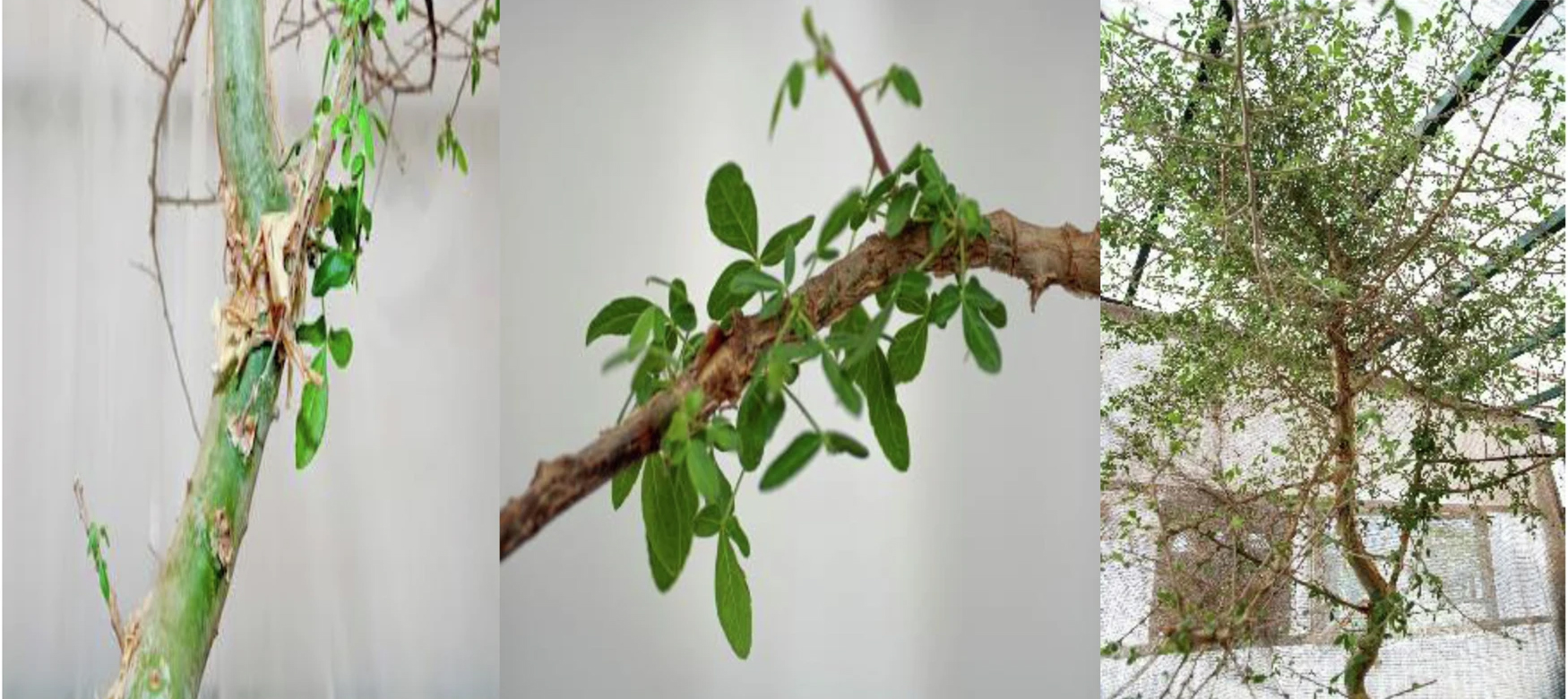Scientists from the Center for Sustainable Agriculture at the Arava Institute achieved a milestone: “resurrected” a tree. They managed to germinate an ancient seed found in a cave in the Judean Desert.
They brought to life a tree that could also solve one of the botanical mysteries of the Bible.
Specifically, a team of researchers brought to life a seed over 1000 years old, found decades ago. The result was a tree dubbed “Sheba“.
They resurrected a tree: meet Sheba

It could be the elusive “tsori” mentioned in the Bible, famous for its supposed mystical healing properties. This is suggested in an article published in September in Communications Biology.
About 40 years ago, archaeologists excavated in Wadi el Makkuk and discovered a seed that, based on radiocarbon dating, dates back to between the years 993 and 1202 AD.
The seed remained forgotten until Dr. Sarah Sallon, from the Louis Borick Natural Medicine Research Center at the Hadassah Medical Organization in Jerusalem, found it at the Hebrew University’s Institute of Archaeology. There, she decided to give it a second chance.
With the help of Dr. Elaine Solowey, director of the Center for Sustainable Agriculture at the Arava Institute (in Kibbutz Ketura), they planted the seed in 2010.
Five weeks later, a seedling emerged, and they considered the mission to awaken the plant from the past successful. After 14 years of care, Sheba has grown to nearly 3 meters in height and has begun to produce resin.
How did the seed end up in the cave?
As for how the seed ended up in this cave, researchers consider two theories. It could have arrived through animal droppings or, incredibly, through human droppings from a thousand years ago.
Have you visited our YouTube channel? Subscribe now!

